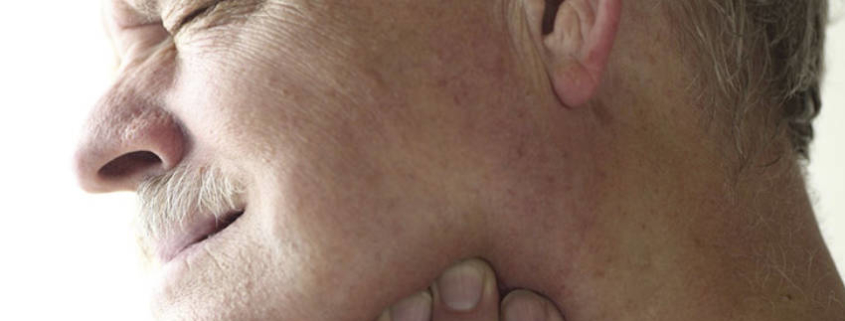Jaw Pain Temporomandibular Joint Dysfunction
Jaw Pain Temporomandibular Joint Dysfunction – the jaw joint in front of the ear dysfunction is characterised by pain in the jaw joint and surrounding tissues and limitation in jaw movements. The TMJ is a muscular joint and muscular dysfunction within the joint may cause the jaw to deviate from its normal alignment Factors that may cause and contribute to TMJ dysfunction include injuries or repeated jarring to the jaw area such as trauma to the head or face and whiplash, stress, infections, dental and surgical procedures, forward head posture, arthritis, jaw overuse such as chewing gum or thumb sucking and forceps birth where really strong forces are applied to the sides of the baby’s head.
Symptoms can include TMJ pain and stiffness upon opening or closing the mouth, or a cracking, grinding or popping sound when using the joint as well as headaches and pain in the neck and shoulders. The condition creates significant wear on the joint and can have serious consequences for normal daily use of the jaw.
The TMJ joint will stay in proper alignment and should work well if any muscle imbalance is corrected by ensuring both sides of the jaw are of equal length, to prevent uneven pulling of the jaw muscles.
Osteopathic treatment focuses relieving tension in the muscles of the jaw and possibly the neck and upper back and helps manage any factors that may hinder resumption of normal daily activities. This usually results in a greater range of motion in the jaw joint, which helps relieve jaw pain, locking and popping, headaches and neck pain.
The combination of effective treatment and the avoidance of medication and surgery make osteopathy an excellent choice for the treatment of TMJ as well as a good preventative measure.
View a list of common complains that Osteopathy can assist with
Discovery the benefits of Osteopathy
- What is Osteopathy?
- Adult health issues
- Babies and Children
- During and after pregnancy
- Common Complaints
- Testimonials
- Sports Injuries
- Genral Osteopathy FAQs
- The Science & Reasearch



